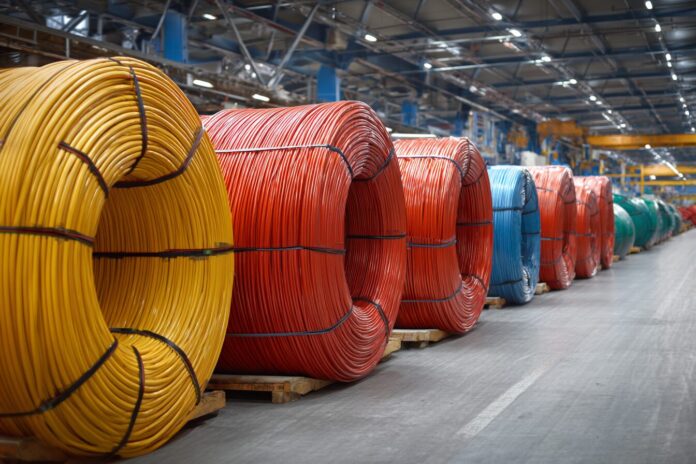Understanding the Critical Role of High-Voltage Power Cables
High-voltage power cables are more than just conduits for electricity; they are the backbone of modern energy grids. Because they transport power over extensive distances, these cables link renewable energy sources such as offshore wind farms, solar plants, and hydroelectric dams to major consumption centers. Most importantly, these cables are engineered to withstand not only severe environmental conditions like the crushing pressures beneath the ocean surface but also decades of intensive electrical use.
Moreover, the design of high-voltage cables involves advanced technology and materials that ensure longevity and reliability. For instance, detailed analyses provided by TechSpot explain how these massive cables, sometimes as thick as a person’s torso, are vital for sustaining modern power grids. Because of their complexity, every improvement in design translates directly into safer and more reliable energy transmission.
The Growing Concern Over Supply Shortages
Recently, a global shortage of high-voltage cables has raised alarm bells in the energy sector. This shortage is not merely a production hiccup—it stems from a surge in demand for renewable energy. According to industry experts and insights from Inverto, the restricted supply chain is becoming a significant bottleneck in the clean energy transition.
Besides that, manufacturing these cables is highly complex and capital-intensive. Manufacturers remain cautious about expanding production capacity, especially when faced with volatile market conditions and geopolitical tensions. Therefore, delays in cable supply could stall key projects such as new wind farms, solar installations, and cross-border power interconnections, effectively putting the global decarbonization efforts at risk.
Market Growth and Forecasts
The market for high-voltage power cables has shown robust growth in recent years. For example, current forecasts indicate that the market, valued at approximately $42.31 billion in 2025, is expected to reach around $51.70 billion by 2030. Most importantly, such growth demonstrates significant investor confidence, despite the existing supply constraints. Research sources like Research and Markets and GII Research have underlined these trends, forecasting a compound annual growth rate (CAGR) of around 4% over the period.
Because of escalating electricity demand and expansive government initiatives for grid modernization, the market growth brings both opportunities and challenges. Most importantly, while investments in renewable energy infrastructure are at an all-time high, the risk of imminent supply shortages calls for urgent action to expand and secure the manufacturing capabilities needed to meet future demand.
Challenges and Future Outlook
The path to overcoming current supply shortages is fraught with challenges. High Voltage Direct Current (HVDC) cables, which are essential for long-distance power transmission, particularly for offshore wind projects, are experiencing severe constraints. Because these cables require sophisticated manufacturing techniques, any lag in expansion directly impacts renewable project timelines.
Furthermore, geopolitical uncertainties and the inherent risks tied to building new production facilities add additional layers of complexity. Most importantly, a sustained shortage of high-voltage cables may delay crucial clean energy projects, as reported by various industry sources. Therefore, it is imperative that strategic investments and international cooperation help streamline the supply chain and enhance production capacities.
Implications for the Clean Energy Transition
The global clean energy transition relies heavily on the timely deployment of infrastructure, of which high-voltage cables are a cornerstone. Because delays in cable availability can directly impact the pace of renewable installations, the current supply crunch poses a serious threat to meeting climate change targets. Most importantly, a persistent shortage could stunt the integration of renewable energy into national grids, ultimately slowing down decarbonization efforts worldwide.
Besides that, the situation emphasizes the need for a resilient and agile supply chain. Investing in innovative production techniques and infrastructure upgrades will be crucial. As noted by experts on platforms such as TBRC, the future of energy infrastructure depends on the ability to adapt quickly to market and technological changes.
Conclusion
In conclusion, high-voltage power cables are indispensable to the clean energy transition. They facilitate the integration of renewable energy sources into modern grids, ensuring sustainable and reliable electricity supply. However, the current shortages threaten to derail important projects and slow down the much-needed shift toward a decarbonized future.
Most importantly, bridging the gap between demand and production will require coordinated efforts among industry leaders, governments, and investors. By embracing technology innovations and investing strategically, stakeholders can ensure that the supply of high-voltage cables meets future needs, thereby sustaining momentum in the global clean energy revolution.



